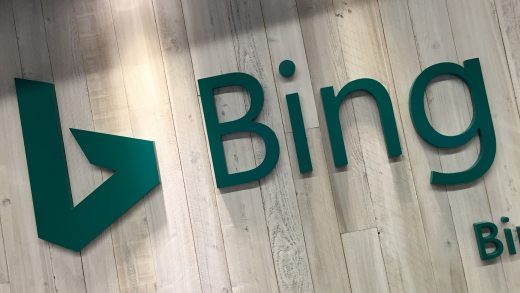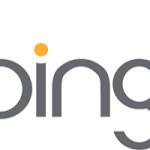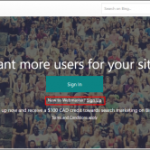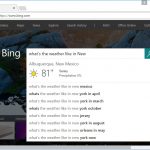What Drives Bing Forward?
What Drives Bing Forward?
by Laurie Sullivan , Staff Writer @lauriesullivan, September 29, 2017
Some call Bing the underdog. See the search engine as second fiddle to Google, although Bill Gates and company founded parent Microsoft decades before Larry Page and Sergey Brin founded the Big G.
I’m sure it’s a humbling experience for all.
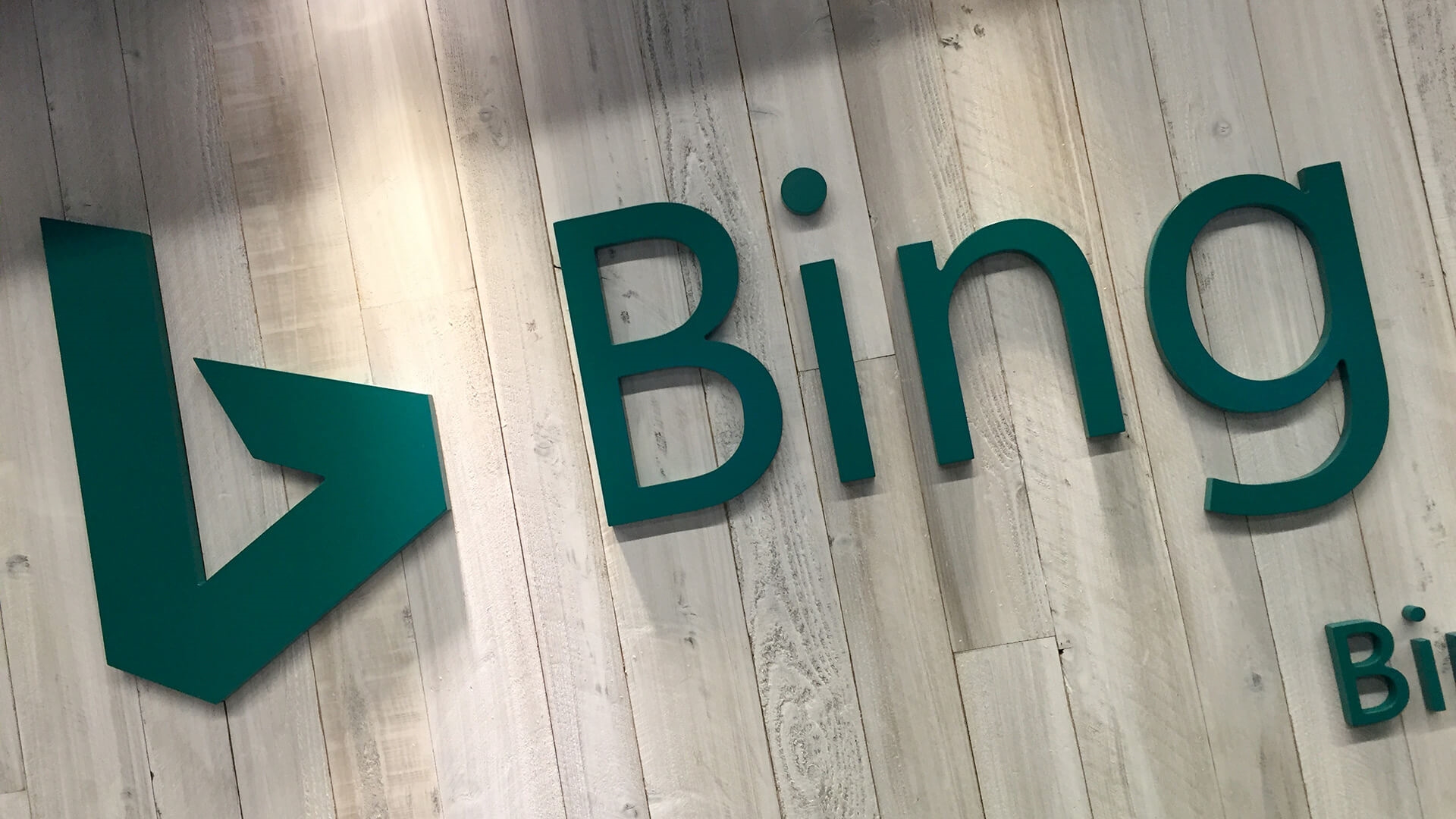
But think about it. Search has become more than a box on a screen. Microsoft integrates parts of Bing’s search technology, along with artificial intelligence, into a variety of products like Microsoft Pix to help people easily capture better pictures of family and friends with an iPhone. Now Microsoft enables people to use their smartphone camera app to take better pictures of documents, whiteboards and business cards.
The updated app detects whiteboards, documents and business cards in real-time and adjusts camera settings for these photos. It’s not so much that the app takes the photo, but rather that once the shutter clicks, the app uses AI to improve the image. It will crop edges, boost color and tone, sharpen focus and tweak the angle to render the image as if the person took the picture straight on.
The stakes for Microsoft are enormous. It’s not really about taking better pictures of documents, whiteboards and business cards. It’s about visual search. It’s about integrating Bing technology into other platforms to serve marketers. It’s about widening Microsoft’s network of ad-targeting platforms or even developing new applications in which to reach potential business customers.
Microsoft Pix’s image correction and alignment algorithms are similar to those found in Microsoft Office Lens. Microsoft describes it “as a mobile app used to take pictures of whiteboards and documents that can be saved to OneDrive or converted into editable Office applications such as Word and PowerPoint.”
Bing introduced search services after Google, gained and then lost momentum. In my opinion, Microsoft chose to focus on other business areas such as its operating system, Windows, and business applications, Dynamics.
One company can’t possibly lead in all areas of business. And it would be a shame if search marketers were left to rely on one mega search engine to reach consumers. So Bing keeps pushing ahead.
Microsoft is integrating the LinkedIn Graph with Bing’s current Audience Intelligence Graph, making this the first time that intent and audience profile are coming together at massive scale. The idea is that LinkedIn gives marketers the ability to understand consumer attributes through skills, education and professional profiles within LinkedIn profiles that provide a new understanding of potential customers.
The focus now moves to providing marketers with more information. Helping advertisers gain more information about click sources on Bing Ads, the company added URL tracking parameters.
Three new parameters are available as a target ID parameter, allowing the platform to capture data for custom and in-market audience lists and target location IDs.
MediaPost.com: Search Marketing Daily
(45)

